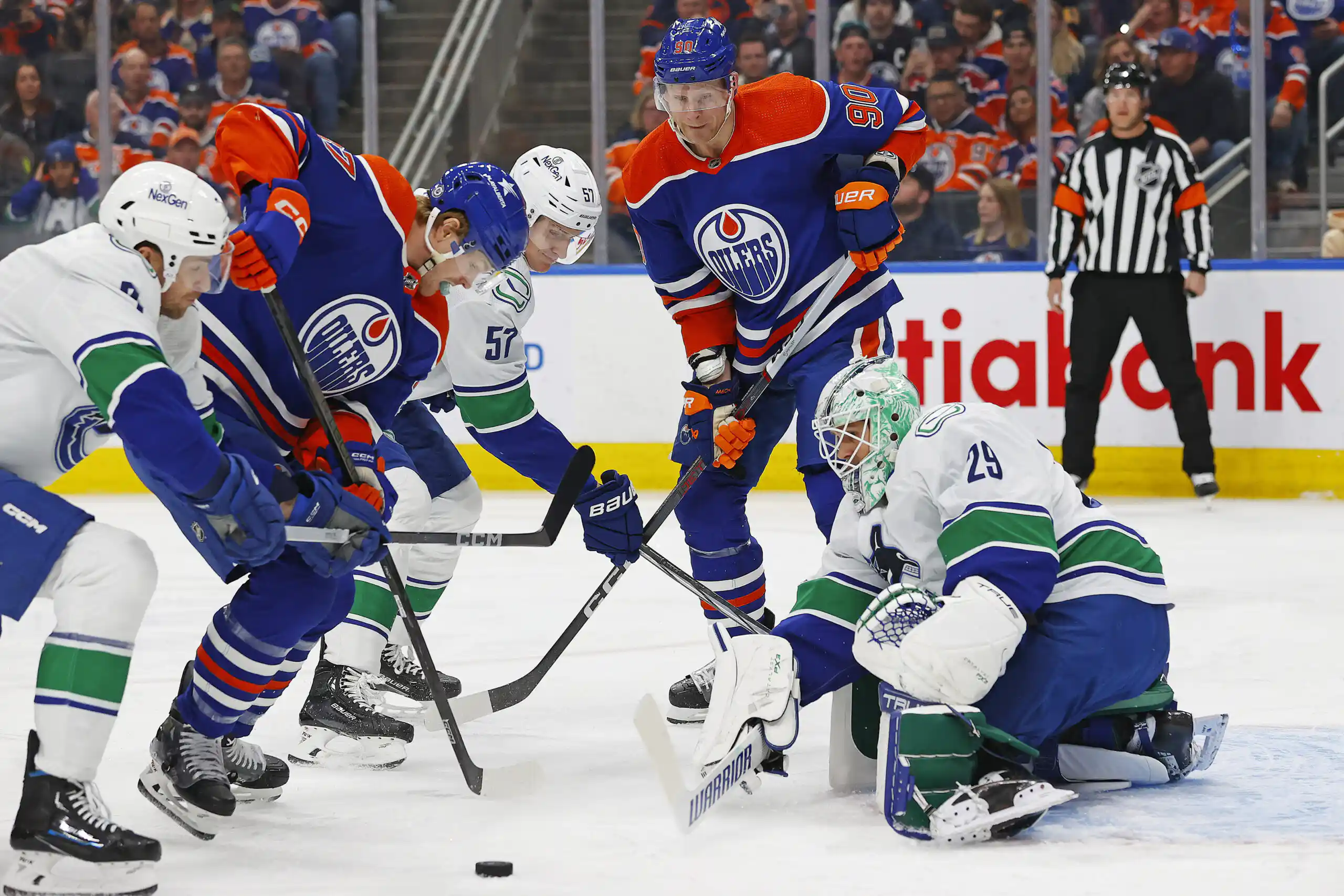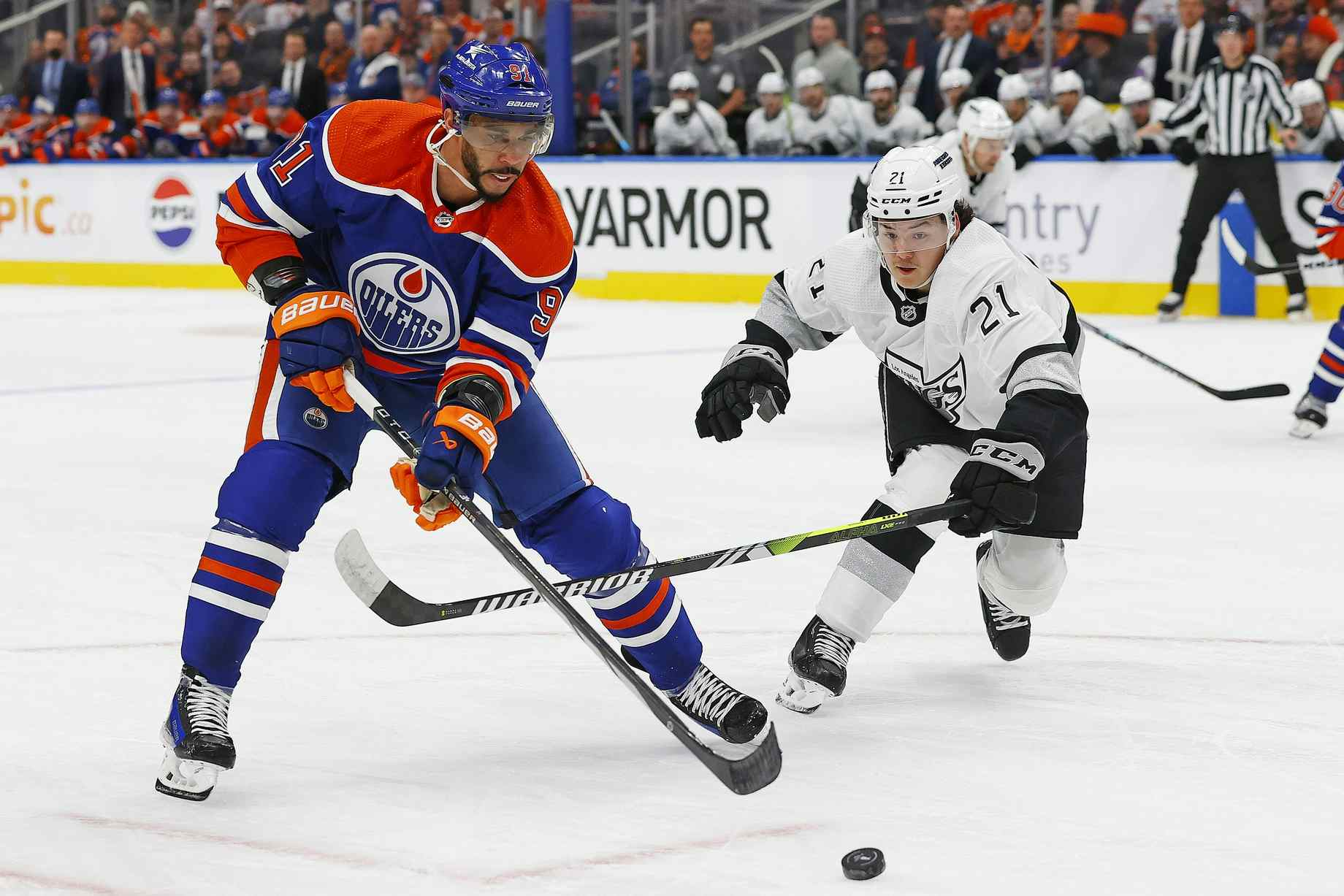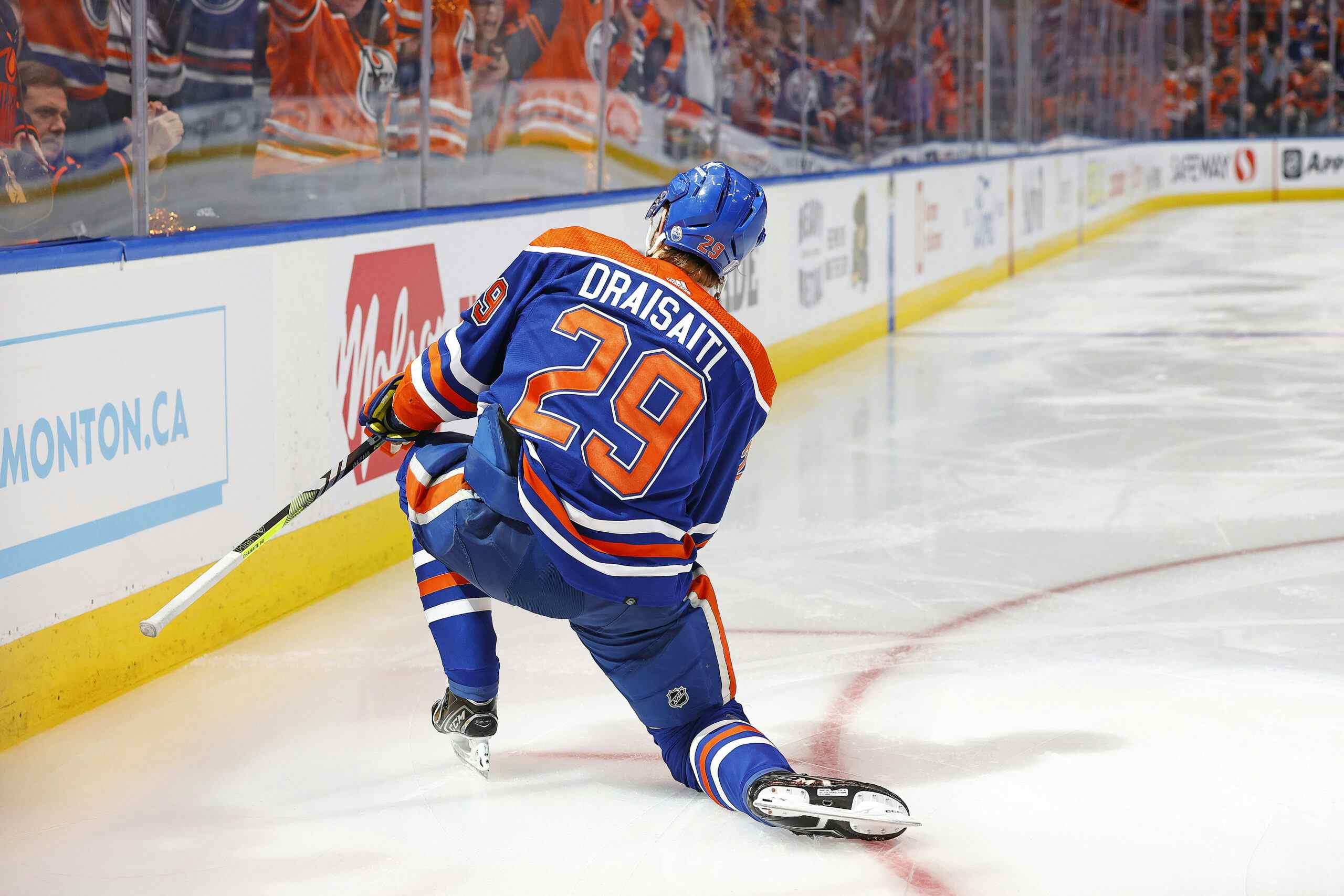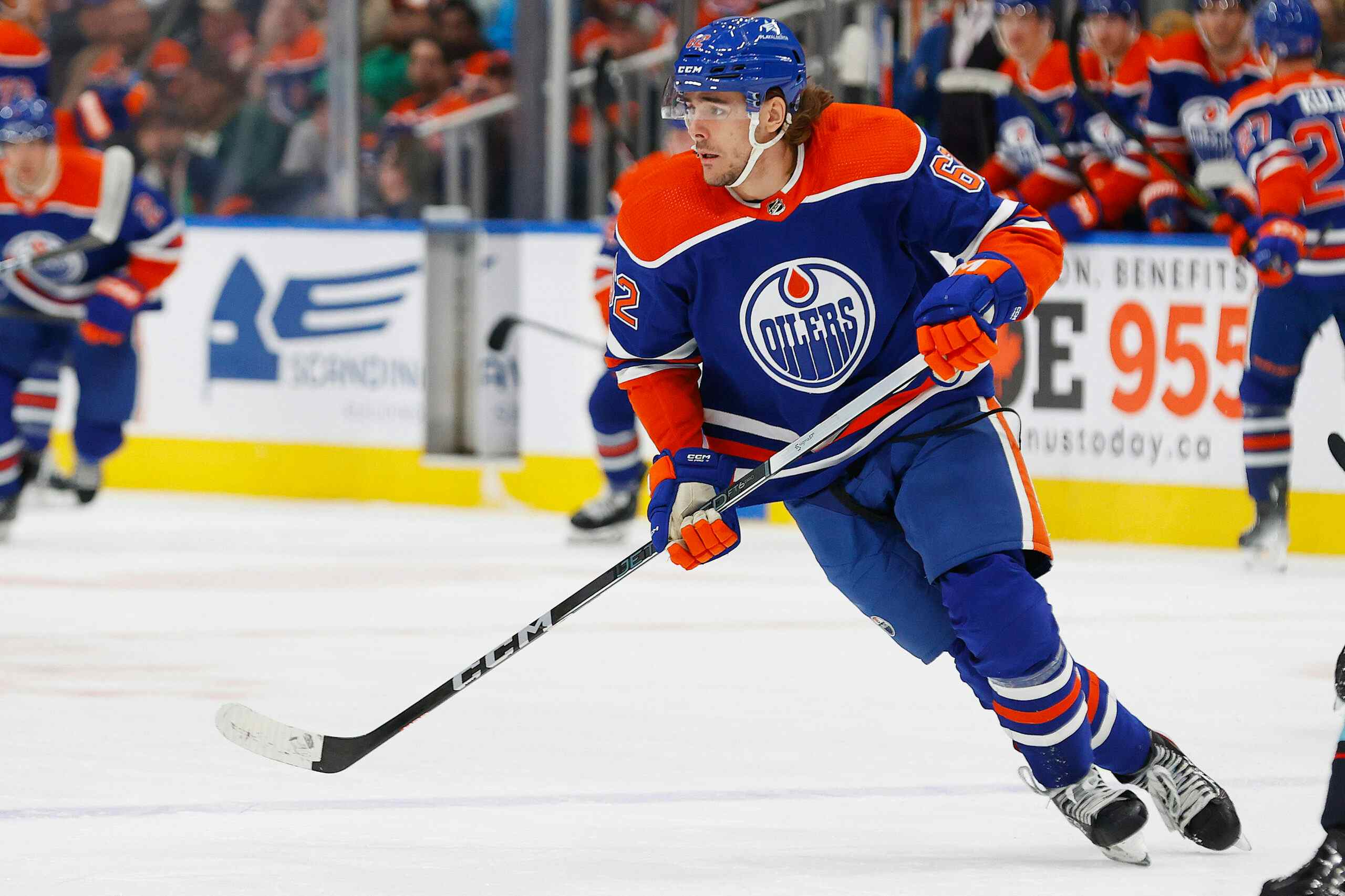Cam Barker, Top-4 Defenseman

A number of respected Oilers commentators – including Oilers Nation’s own Jason Strudwick – have taken to calling Cam Barker a top-four defenseman. Is that a fair characterization of that player?
Here’s what Strudwick said last night:
Take a look at the D-man injuries to Whitney and Barker. It put to much pressure of the D-corps. They are both twenty minute guys and you can’t replace that for months. Throw in Gilbert’s injury and that is three of your top four D-men out.
Based on Barker’s ice-time this season, Strudwick has a case. Barker, prior to going down to injury, was averaging 20:03 per game. As it stands, that total is fifth on the team, narrowly behind Corey Potter, but it’s so close to top-four minutes that we’d be splitting hairs to argue the assertion.
So, in the aggregate, over the first dozen games of the season Barker was a top-four defenseman for the Oilers. He certainly didn’t play the role every game, but for the most part he did.
However, if we look back at Barker’s usage before joining the Oilers, things get a little murkier.
2010-11
Cam Barker played for the Minnesota Wild last season. He averaged a hair over 14:00 per game at even-strength in Minnesota, a total which put him well outside the top four and sandwiched him between rookies Clayton Stoner (14:42 per night) and Marco Scandella (14:06) per night. In terms of total ice-time, he ranked sixth overall on the Wild blue-line with 16:24 per game.
The Wild were unhappy with his performance – so much so that after he cleared waivers they bought him out of the final year of his contract, paying one-third of the $3.25 million remaining on the deal up front and taking a cap hit penalty for two seasons to get rid of Barker. Despite the penalty, it was a move that went over well with the fanbase in Minnesota. Barker actually ended up better off financially when the Oilers signed him to a one-year/$2.25 million contract – that deal, combined with the buyout dollars, earned Barker $83,333 more than he would have had the Wild just kept him.
Barker had a truly disastrous season in 2010-11. He was in over his head as the Wild’s sixth defenseman. Nothing he did there indicated he was a top-four quality defender.
His Prior Work
Interestingly, Barker’s ice-time in 2010-11 was actually an increase on a per-game level from what he had done in 2009-10, a season he split between Minnesota and Chicago. In that season, per night he averaged 12:47 at even-strength, 0:33 on the penalty kill, and 2:09 on the power play. Those are bottom-pairing minutes with a dash of power play specialty thrown in.
In 2008-09, Barker’s even-strength ice-time average was 13:41 per game, fifth on the Blackhawks (one spot behind Matt Walker). He spent a little over one minute per game on the penalty-kill, and 3:24 on the power play. 2008-09, by the way, was Barker’s great offensive breakout – he picked up 29 power play points, the vast majority of them second assists.
2006-07 and 2007-08 were both split between NHL and AHL duty. Barker played mostly third-pairing minutes at even-strength, picked up a bit of time on the penalty kill, and got a major role on the power play when he was with the Blackhawks in both seasons.
Conclusion
I really debated writing this at all. Jason Strudwick has played nearly 700 games at hockey’s highest level, and it is impossible not to be cognizant of that when disagreeing with him on something hockey related.
However, the truth is that Cam Barker has never held a top-four role for an extended period of time. He was a sixth defenseman last season, and his head coach carefully kept his even-strength ice-time in the same range as a pair of raw rookies. His entire NHL career up to Edmonton screams “third-pairing guy, with good minutes on the power play and bit work on the penalty kill.”
The Oilers haven’t missed him on special teams. Tom Renney didn’t really use Barker on the penalty kill, and the power play has been better with one of Potter, Gilbert or Petry in Barker’s slot. That leaves his even-strength ice-time – and as we’ve seen, even in his best years, Barker’s been a depth guy in that role. Worse, if one uses scoring chances to judge his first 12 games, he was the Oilers’ least effective defenseman in that span.
The Oilers have had their share of injury problems this year – both in terms of absences (Nugent-Hopkins and Gilbert underlining that right now) but also in terms of decreased effectiveness when a player is in the lineup (Ryan Whitney being the most notable player in that group). It’s both fair and accurate to take them into account when discussing the team’s poor overall performance this season.
But on the list of injuries that have had a major impact on the season, it’s hard for me to put Cam Barker’s name anywhere near the top.
Recent articles from Jonathan Willis





